In March or April of 2003 I received a registered letter from the Israeli lottery telling me I had won a four day trip to Rome for my wife and myself, which included travel, the hotel—bed and breakfast. Tours and entertainment, which looked very enticing, were extra. We didn’t know if we’d ever visit Italy again, so I signed on immediately for the whole kit and caboodle.
The travel company invited all the winners down to their offices in Tel Aviv. I took myself off and listened to the arrangements. We were supposed to leave on a Sunday, but the flight was brought forward to the Friday, because of a problem with finding a plane—this was to have repercussions.
We arrived at the airport very early in the morning, leaving our car in the long-term parking. All was well organized and we arrived in Rome mid-morning. Being July, it was of course very hot. We were given the option of going directly to the hotel or going via the Vatican. Not having been to Italy before, we did not want to miss anything, so we opted for the sightseeing.
The Four Star Cicerone Hotel was very comfortable, but as we kept up a frenetic pace our entire stay in Italy—we could have slept on Ocean’s chariot in the Trevi Fountain.
Wake up was at 6.00 every morning. We bolted a good Israeli-style breakfast and then hit the road, often before 7.00 a.m., getting back, exhausted, to the hotel in the evening. Our Israeli guides recommended a trattoria nearby, where we ate several good meals. The patrons seemed to be mostly local, always a sign of quality food at reasonable prices.
This account of our tour is not chronological.
We set out for Florence, very early as usual, a city probably on most travellers’ ‘cities to see before I die’ list. As if there is not enough to see in Florence—maybe too much even for native Florentines—we made a stop at Orvieto where the outside of the church is decorated with a truly magnificent bas-reliefs of stories from the ‘Old Testament’. If you can’t get there in person, I recommend that you look it up on the Internet. However, it was not Florence! The funicular railway was out of commission, so we wasted time going up the narrow winding hills on short local buses, our tour buses being too long for the medieval narrow winding streets. Unless one is attending a funeral in Orvieto, there are severe restrictions placed on vehicles.
As if we had not cut into enough of our day in Florence, we stopped for lunch. Italy is renowned for its quality food, but some restaurants, particularly if they have a captive audience who are never likely to return, serve slop, in the hope that the diners will be impressed eating ‘Italian food’. Like all food, quality ‘Italian’ cannot be faked. Of course one does not want to deny the tour guides their kickback!
Eventually in the early afternoon we arrived at our destination. There is a stunning view of the city from Piazzale Michelangelo, situated on top of a hill on the opposite side of the Arno River. This piazza has a bronze copy of the famous ‘David’. Our Jewish, Israeli guides did not forget to point out that this David is uncircumcised!
At long last we were taken into the city itself, outside the Santa Maria del Fiore Cathedral in the Piazza Duomo. The mad rush was on to see as much as possible in the very limited time, about two hours, left before we were to return to Rome.
Where is the original ‘David’? We asked.
“Ah, that’s in the Galleria dell’Accademia, near the Piazza San Marco, not far from here, but today is Monday and it’s closed.”
This travesty had been caused because of our departure on Friday and NOT on Sunday as planned. To say I was annoyed is an understatement. Any travel company worth its reputation would have adjusted the itinerary to accommodate changes, but as we weren’t ‘paying’ customers, they obviously didn’t give a damn. On our return to Israel I wrote a scathing letter, in English, to the tour company. They promised me a ten percent discount should I ever be stupid enough to used their services in the future.
I have seen many churches, but shuls are more interesting to me and Italy has some of the finest and most beautiful ever built. As this tour was Israeli and mainly Jewish—we did have Israeli Arabs in the group—one would think that the orientation would have been the rich Italian Jewish heritage. Our guides did try and fill in the gaps, and one of them was especially knowledgeable and interesting, but to my disappointment the Jewish perspective was almost totally absent.
Along with a few others I asked one of our guides to show us the shul. We rushed off in the July heat, although already tired from the day’s travel. My wife, exhausted, remained in the main square near the Duomo—wisely eating Italian ice cream. Arriving at the shul, two carabinieri—the elite unit of the Italian police force—were on guard outside. Our Italian speaking guide explained to the employee at the gated entrance of the synagogue that we were Israelis. I gladly paid the reasonable fee as I entered.
The synagogue is an amalgam of Italian Renaissance and Moorish architecture and is constructed with alternated pink and white blocks of stone from nearby Assissi. It has a beautiful blue central dome and two smaller ones. The inside of the dome is a magnificent cupola. The interior in the Sephardi style is very beautiful, but one can still see the stain, about two metres above the floor, where the water left its mark in the flood of 1966. The spirit of the Jews, and the Jewish history of Florence are embedded in the walls—even though the construction was only completed in the 1880s. This golden age after emancipation in 1861 ended with the Holocaust. The gold-embossed Holy Ark, reached high up the wall to three sets of triple windows, which threw an eerie light into the interior. Outside the surrounding gardens are well manicured. This was indeed, for me, the highlight of the trip.
* * *
Getting to the Isle of Capri for the hoi polloi, is only possible by sea; the wealthy use helicopters. As the Camorra (mafia) is very dominant in Naples, where one embarks for Capri, extreme caution is needed, so our guides kept us on a short leash as we embarked on the overloaded hydrofoil for Capri. They warned us not to talk to anyone or engage in any commerce. Because of the overbooking, many of the passengers, myself included, stood for the forty-five minute journey.
The ascent to the upper level of Capri is made in buses—only residents are permitted to drive cars—up the narrow winding roads, every turn being used to allow those coming in the opposite direction to pass. The drop off point was—no prize for guessing the answer—the tourist trap of gift shops and restaurants.
A non-stop cable car with single chairs, scoops willing sightseers up by the bum and takes them to top of Mount Solaro, the highest point on the island where there is a …souvenir shop.
One passes only a metre or two above the houses built on the side of the steep incline, getting a glimpse of their lives. The beautiful panoramic view of houses below, the rocks around the base of the island and very blue sea is well worth the journey. The ice cream we ate at the summit was very refreshing. We then walked along the cliff-top to The Villa San Michelle where Dr Axel Munthe, a Swedish psychiatrist lived, hosted celebrities and treated tuberculosis and mental patients, many of them poor.
Our guide recommended a restaurant where the food once again was inedible. I refused to eat it, complained loudly and refused to pay, but we eventually came to a resolution.
Earlier when arriving on Capri, the sea level in the famous Grotto had been too high for the little boats to enter. Later in the day, when we were about to leave, the tide was lower. But time was short, so we missed the highlight of the island.
* * *
The Villa d’Este in Tivoli near Rome—built by the son of the infamous Lucrezia Borgia, herself the illegitimate daughter of a pope, and an antecedent of Princess Diana—has fountains that are activated by hydraulics and gravity, on principles designed by the Romans, as water descends down through the hillside. The word spectacular is oft overused, but in the case of the Villa d’Este gardens and fountains, no other word will suffice. As an inhabitant of a water-starved country like Israel, we were truly envious. The water is not used, but runs away—almost bringing us to tears.
We then continued to a restaurant for the evening meal. Opera singers, including one young lady from Japan, who were said to be up and coming in the profession sang for us. It was very pleasant, but once again ruined by stodgy, unimaginative, pedestrian ‘Italian’ food.
The worst dining experience was the night we deceived into paying for ‘dinner with opera’, in an apparently upmarket restaurant—or perhaps they could only make a living by bribing tour guides to entice and ‘kidnap’ gullible tourists. We were served salmon steaks, the texture and taste of which indicated that they had probably been cooked some three weeks earlier, frozen and reheated in a microwave! I’m no chef, but as an amateur cook, I would not serve such fare—unless I was entertaining Mussolini. Our table companions agreed. The singers were probably has-beens or never-beens, but once again acceptable – we were in Italy – and I do not begrudge anyone a living—it saved the evening from being a total waste of money.
For ‘nothing’ the trip to Italy was very enjoyable. I was introduced to really good coffee, available almost everywhere in Italy—even in gas station highway stops, and am now a regular consumer. When I returned home I wrote a letter, in English, to the travel agency, castigating them for neglecting the Jewish history of Italy, and the very poor quality of food, described above. I received a reply in Hebrew, offering me a ten percent discount on any future tour if I booked through them. Living in Maale Adumim, it would not be economical to travel to Tel Aviv and back to book with a company in which I had no trust.
If I am ever lucky enough to win a ‘free trip’ in the future, I will buy a copy of the Lonely Planet guide. I will also not join the optional tours. I’m sure that my wife and I could have spent four days exploring Rome—and come away with a more positive experience. I have subsequently—during stops on our cruise of the Mediterranean—had a tapas of a few lesser known towns in Italy; Livorno—which has a rich Jewish history, Ravenna—with beautiful Christian architecture and Salerno—with its unique promenade from the 1950s and fashionable stores in its downtown shopping streets. I was very impressed. Maybe one day I will be able to afford a more comprehensive and better organised tour—or perhaps, with the technology available today, I will organise it myself.

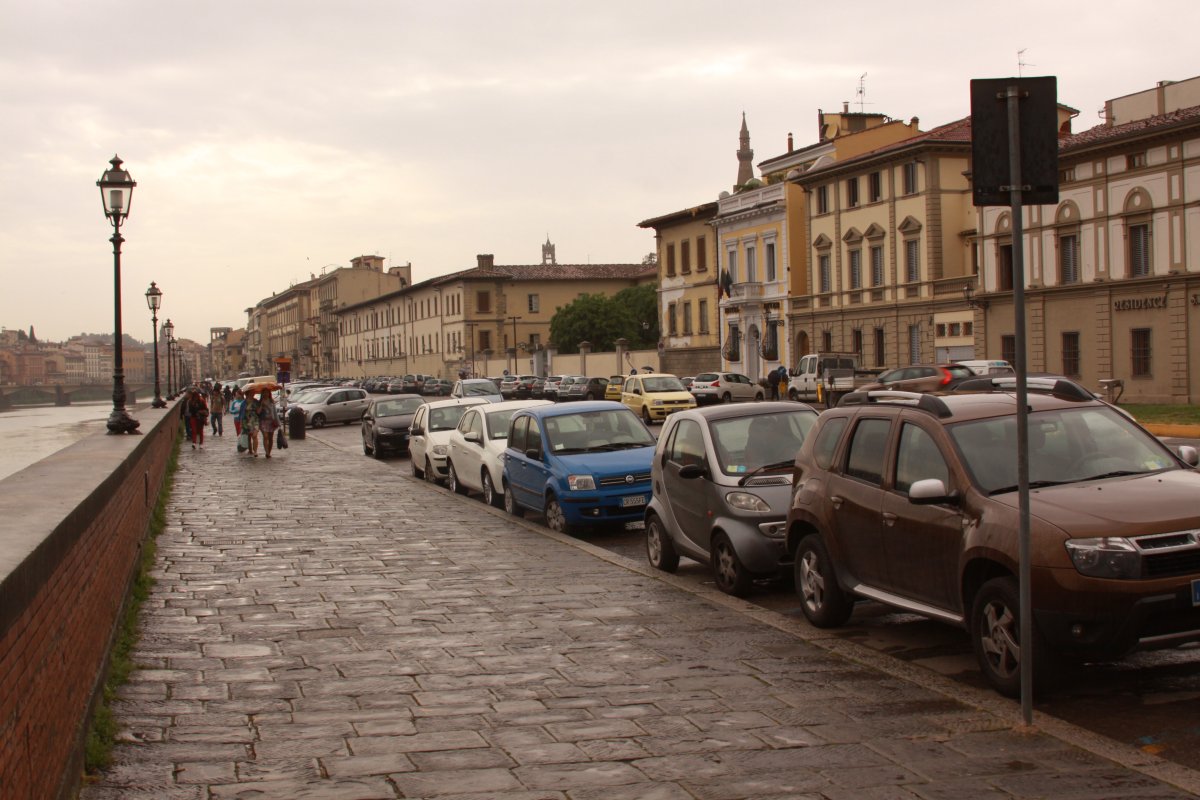
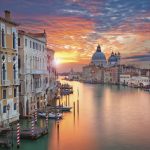
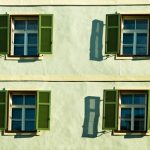
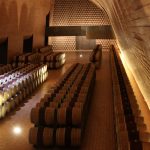
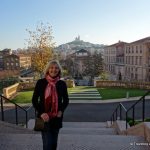
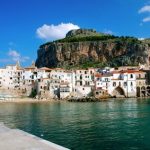

Thanks for publishing my travel story. I hope you all enjoy reading it.
Thank you for the opportunity to read about your ‘freebee’ trip. You gave us a delightful description and we enjoyed it very much. It was almost as good as having been there ourselves.
Regards to all, Norma and Ben Marx